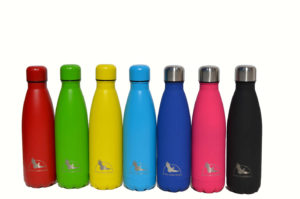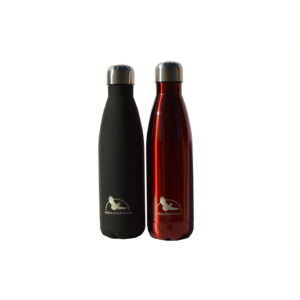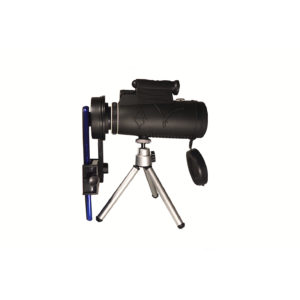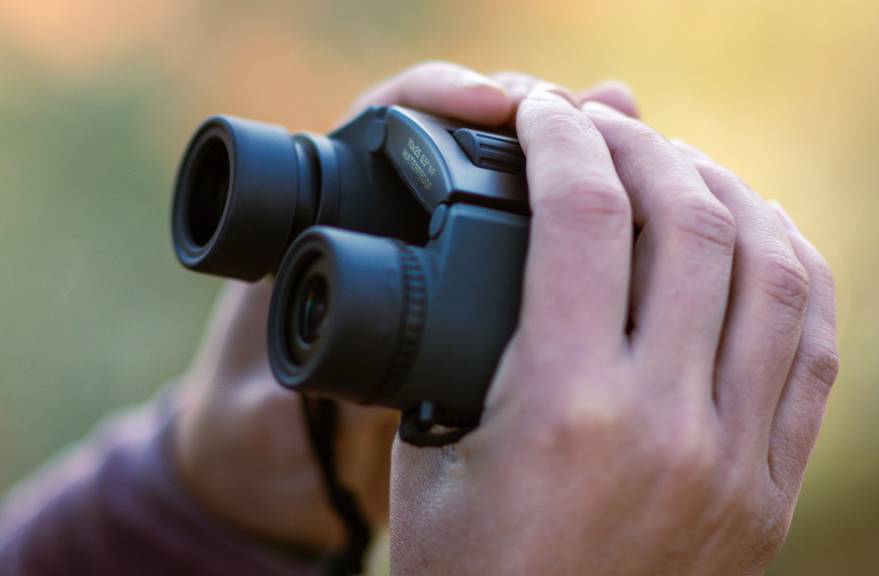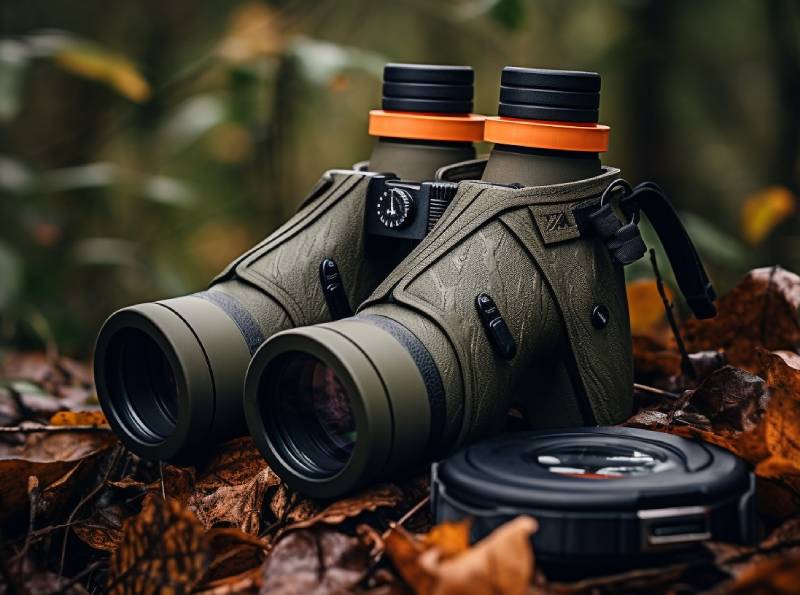What is a hiking backpack?
Before finding out the reasons why you should travel with a hiking backpack rather than a travel backpack, let’s give a definition. According to Wikipedia, a backpack—also called knapsack, rucksack, rucksack, pack, sackpack, booksack, bookbag or backsack—is, in its simplest frameless form, a cloth sack carried on one’s back and secured with two straps that go over the shoulders.
Depending on the use, backpacks have different models, specific features and functionality. You can find them out in the post “How to choose a backpack“.
Trekking and hiking backpacks are designed with pockets and compartments to keep everything tidy within a limited space when walking paths and nature trails. Discover the various types of backpacks in our user guide.
Why traveling with a backpack?
When you travel with a backpack, the first sensations you feel are freedom and practicality. Imagine walking on city streets, narrow alleys, country roads and even mountain paths: the backpack adapts perfectly to any type of environment and situation.
Talking about a business trip, the rolling suitcase is ideal to keep shirts and elegant suits neat and to give a refined look. Carrying a rolling suitcase is suitable for airport corridors and other flat surfaces but there are situations where it can be rather uncomfortable. Imagine walking along crowded city streets and unpaved routes, taking means of transport or climbing long stairways.
If you travel with a rolling suitcase you walk far but with a backpack you go even faster.
Read our post “Why choose a backpack for your next trip“.
Why traveling with a hiking backpack instead of a travel backpack?
Nowadays you can buy many backpacks of different shapes, colors and characteristics and the models designed exclusively for travel purposes have become very common. These are urban design backpacks with particular openings, rather square shapes and sometimes also include wheels to carry them on the ground like a rolling suitcase.
If you are a backpacking adventure lover, do not be tempted by the travel models.
They could prove comfortable on business trips or when traveling to the hotel but certainly heavy and not very comfortable to carry for many hours. Travel backpacks do not adapt to hiking, while on the contrary, hiking backpacks also adapt well to urban trips. This is the reason why more and more people choose models suitable for hiking also for traveling: a backpack for multiple uses.
Let’s find out the advantages of traveling with a hiking backpack instead of a travel backpack:
1. It adapts to the body shape
One of the first advantages when choosing a hiking backpack is that it adapts to the body shape, unlike the travel model. All the straps allow you to adapt it to your physical structure and wear it comfortably. You just need to adjust a backpack to increase or decrease the pressure through the load straps on the shoulder straps.
Post “How to adjust the backpack“
2. The practicality of the straps even when traveling
Hiking backpack straps perform specific functions in terms of comfort and safety. Chest straps, for example, stabilize the shoulder straps and prevent them from sliding down. In some models, you can find a whistle useful both in the mountains and in the city, as in our Santiago 45 liter and Himalaya 65 liter.
Compression straps can be useful also when traveling. Think of how many times you need to compress the backpack and limit the risk that something fragile inside could swing from one side to the other.
Find out what all the straps are needed for in our post “What are the parts of a backpack called“.
Featured chest strap with whistle – Himalaya 65 liter backpack
3. Distribute the weight if the backpack is too heavy
Hiking backpacks are designed to carry heavy loads for several days or even whole months. Precisely for this reason, they have a specific design and the hip belt transfers the weight from the shoulders to the hips. This belt also anchors the backpack to the back, preventing it from moving or swaying. In other words, an essential part of the backpack.
The models designed exclusively for travel focus more on the aesthetic features and the presence of a hip belt is almost non-existent. That’s why traveling with a hiking backpack can be more comfortable.
4. Equipment hooks can be used for other functions
Hiking backpacks are designed to carry equipment and be practical during long walks in nature. The shape of the backpack, as well as the hooks and the various straps are designed for specific purposes. All these features are useful not only for nature excursions but also for urban travel. For example, the bungee cord can be used for the same function while traveling.
5. One backpack to save money: from hiking to travel
As said so far, the design of the hiking backpack keeps in mind comfort even after several hours walking and the material is suitable for rough conditions in nature. You should consider these features also in travel backpacks. A backpack for hiking also adapts to the urban context but a backpack designed specifically for travel is not suitable for hiking. For this reason, if you choose a model that can accompany you both in your adventures in nature and in the city, you can save on the purchase of a second backpack.
6. Separate pockets and compartments
Trekking and hiking backpacks are made to keep all the contents tidy. The internal compartments and pockets are made in a specific way and nothing is left to chance as shown in the post “What are the parts of a backpack called“. Unlike the rolling suitcase, the backpack gives the possibility to expand or compress while remaining soft, so there will always be space to bring something typical from the trip.

Featured backpack Himalaya 65 liter
The best backpack
Not all backpacks are the same. As there is no objective criterion for evaluating one model rather than another, online reviews could confuse your ideas. We have prepared a guide “How to choose a backpack” where you can learn the features to consider. This guide will help you to choose the model that best suits your needs.
Royal Eagle Road has designed 3 models of different sizes, Brigante 28 liter, Santiago 45 liter and Himalaya 65 liter, borrowing the common characteristics of hiking and merging them with an urban style. This combination makes them versatile and adaptable to both city travel and nature trekking.
Discover our backpacks, we ship in Europe.
Posts you may like:

